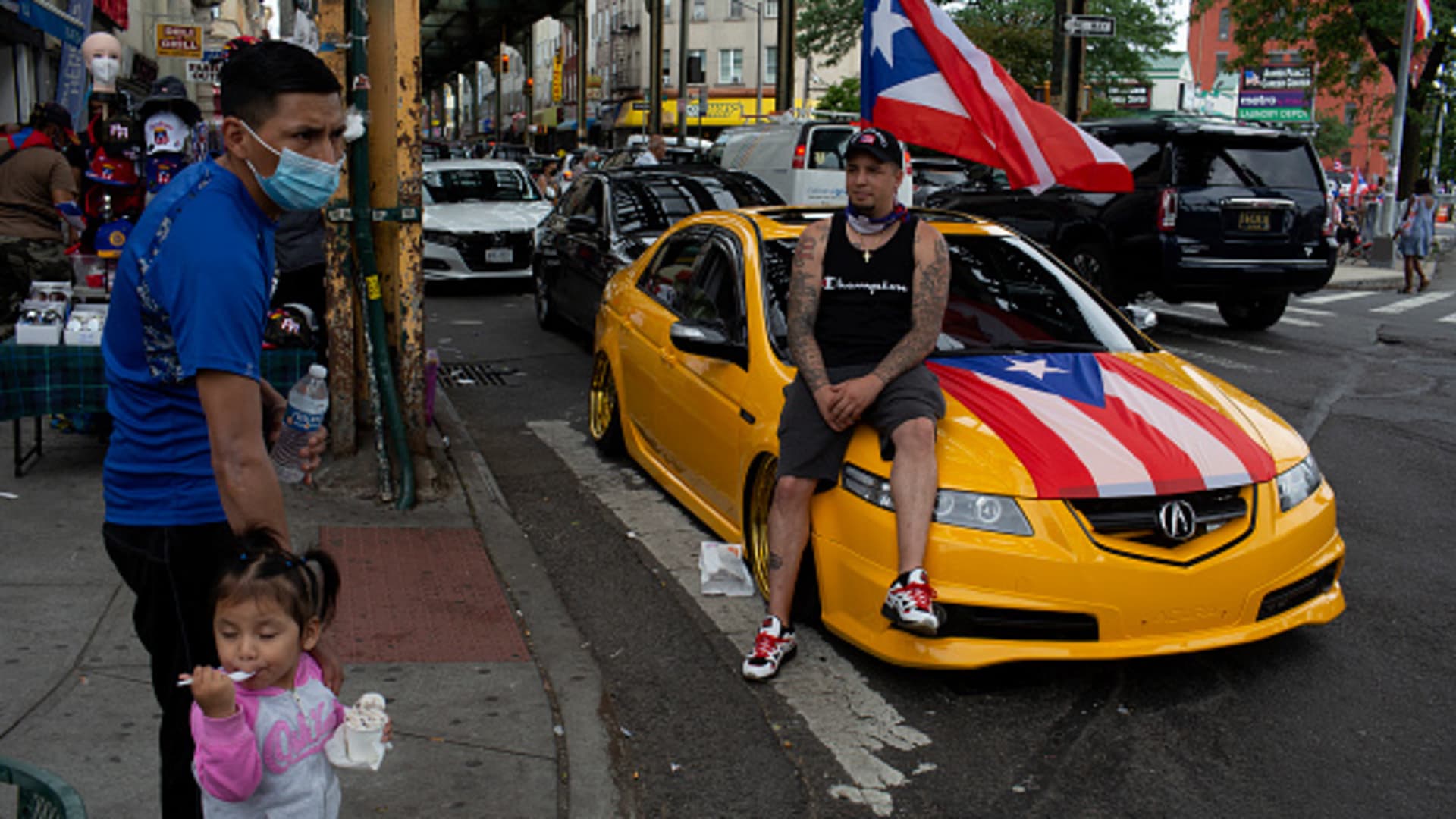The U.S. Department of Labor recently released data showing that the unemployment rate in the United States remained steady in September but experienced a slight decrease among Hispanic workers.
September’s nonfarm payrolls report delivered exceptional numbers, surpassing economists’ estimates by a wide margin. The economy added 336,000 jobs last month, much higher than the expected 170,000. The unemployment rate stood at 3.8%, slightly better than the forecasted 3.7%.
For Hispanic workers, the jobless rate dropped from 4.9% to 4.6%. Specifically, Hispanic women saw a decrease from 4.4% to 4.3%, while Hispanic men maintained a rate of 4.3%.
In addition, the labor force participation rate, which gauges the percentage of people employed or actively seeking employment, rose to 67.3% in September compared to 67.1% in August.
Michelle Holder, an associate economics professor at John Jay College in New York, described the combination of reduced unemployment and increased labor force participation as a “best of both worlds” scenario for Hispanic workers. She attributed part of this success to the job growth in the leisure and hospitality sector, where Latinos are overrepresented.
Elise Gould, a senior economist at The Economic Policy Institute, viewed the data pertaining to Hispanic workers as a positive indication of an improving labor market, but cautioned against placing excessive emphasis on month-to-month fluctuations that are subject to volatility.
Even though the unemployment rate for Hispanic workers still lags behind that of white and Asian workers at 3.4% and 2.8% respectively, Gould highlighted the significant contrast from the height of the Covid-19 pandemic when this group experienced its highest jobless rate. She emphasized the resilience of the labor market and its ability to bring historically marginalized groups back into the workforce.
Conversely, the unemployment rate increased for Black workers, rising from 5.3% in August to 5.7% in September. Among Black men, the rate rose from 5% to 5.6%, while among Black women, it fell from 4.7% to 4.5%.
Despite these disparities, Gould pointed out that the jobless rate for Black workers remains close to levels seen a year ago and still significantly below pre-pandemic levels.
Holder expressed concern over the increase in the Black unemployment rate but acknowledged the volatility that has been observed in recent months.
Regarding labor force participation, Hispanic men saw a slight increase from 79.2% to 79.5% in August, while Hispanic women remained stable at 61.8%. Among Black workers, the participation rate rose slightly from 62.6% to 62.9% overall. For Black men, it increased from 68.4% to 68.6%, while for Black women, it decreased from 62.7% to 62.6%.
— CNBC’s Gabriel Cortes contributed reporting.
Denial of responsibility! Vigour Times is an automatic aggregator of Global media. In each content, the hyperlink to the primary source is specified. All trademarks belong to their rightful owners, and all materials to their authors. For any complaint, please reach us at – [email protected]. We will take necessary action within 24 hours.


